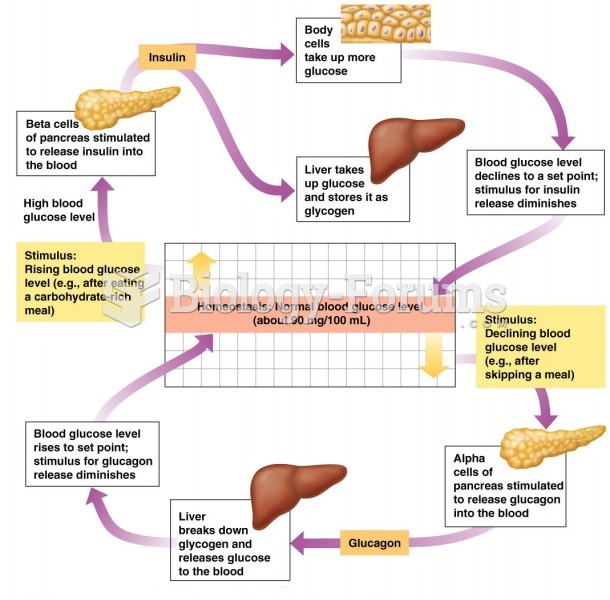Answer to Question 1
Some people blame their excessive sugar intakes on cravings and addictions. Foods in general, and carbohydrates and sugars more specifically, are not physically addictive in the ways that drugs are. Yet some people describe themselves as having carbohydrate cravings or being sugar addicts. One frequently noted theory is that people seek carbohydrates as a way to increase their levels of the brain neurotransmitter serotonin, which elevates mood. Interestingly, when those with self-described carbohydrate cravings indulge, they tend to eat more of everything; the percentage of energy from carbohydrates remains unchanged.
One reasonable explanation for the carbohydrate cravings that some people experience involves the self-imposed labeling of a food as both good and badthat is, one that is desirable but should be eaten with restraint. Restricting intake heightens the desire further (a craving). Then addiction is used to explain why resisting the food is so difficult and, sometimes, even impossible. But the addiction is not physiological or pharmacological.
Answer to Question 2
Artificial sweeteners are sometimes called nonnutritive sweeteners because they provide virtually no energy. Considering that all substances are toxic at some dose, it is little surprise that large doses of artificial sweeteners (or their components or metabolic by-products) may have adverse effects. The question to ask is whether their ingestion is safe for human beings in quantities people normally use (and potentially abuse). Artificial sweeteners include acesulfame potassium or Acesulfame K; aspartame; luo han guo; neotame; saccharin; stevia; and sucralose.
Some sugar-free or reduced-kcalorie products contain sugar alcohols. The sugar alcohols (or polyols) occur naturally in fruits and vegetables; manufacturers also use sugar alcohols in many processed foods to add bulk and texture, to provide a cooling effect or sweet taste, to inhibit browning from heat, and to retain moisture. These products may claim to be sugar-free on their labels, but in this case, sugar-free does not mean free of kcalories. Sugar alcohols do provide kcalories (0.2 to 2.6 kcalories per gram), but fewer than the sugars. Because sugar alcohols yield energy, they are sometimes referred to as nutritive sweeteners.







